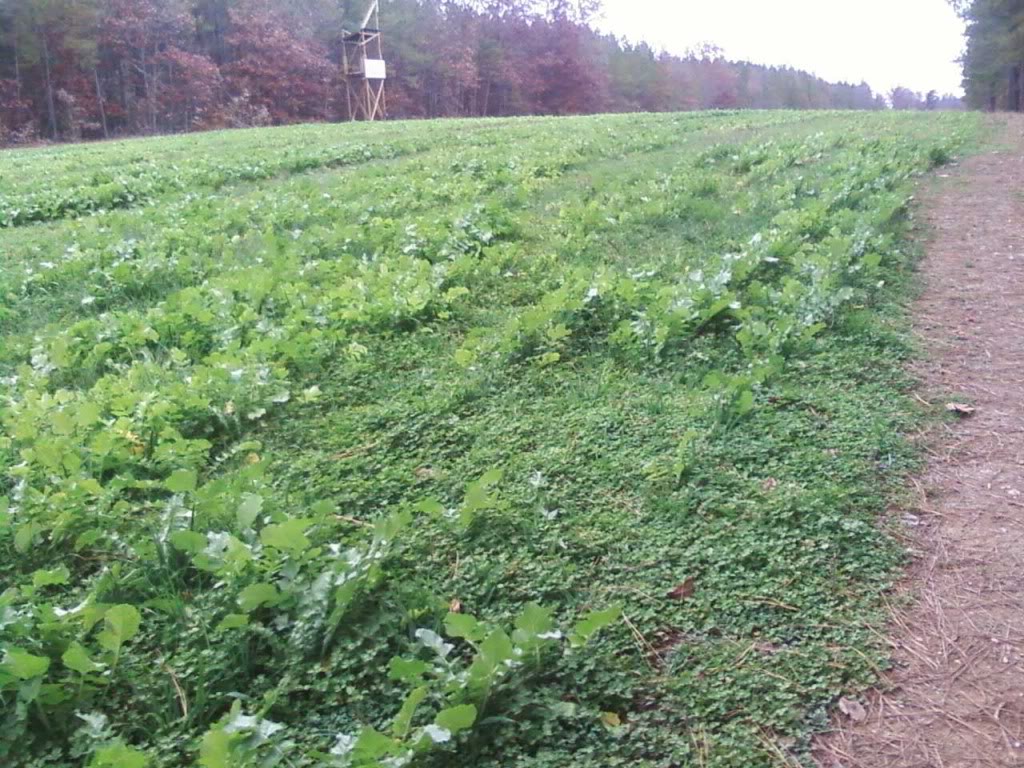Bowsnbucks
5 year old buck +
For any of us who aren't AG-schooled, can someone post a basic guide for WHEN to mow, roll, or spray plot crops like various clovers, alfalfa, rye, wheat, chicory to get the most duration out of those plot crops?? (North-Central Pa. mountains - zone 5 & 6 border).
As a hunting camp with non-farming members (who are also the volunteer help - when we can get it), we strive to plant plots that can endure for several years with minimal maintenance and soil disturbance. So we end up with guys mowing or spraying WHENEVER they get time - not necessarily when it's the PROPER time. We practice the late July/early August brassica seeding, and the Labor Day-ish timing of seeding clovers, alfalfa, rye, wheat, chicory - but we aren't up to speed on WHEN to mow, roll, or spray these crops wisely - to get the most out of them. If we can get clovers to re-seed ....... that would be good, but not if the clover gets too tough to be attractive to deer. We have a PTO-driven, rear-mounted mower deck to mow with - JD 55 hp tractor we bought new 9 years ago. For rolling, we use our cultipacker. If possible, we would like to keep tillage to a minimum, and not rotate every plot every season. We recognize brassicas are a "one & done" seasonal that needs to be rotated!!!
If anyone sees errors in the timing of our seedings - please advise. All advice on mowing, rolling, spraying is welcome!!!
As a hunting camp with non-farming members (who are also the volunteer help - when we can get it), we strive to plant plots that can endure for several years with minimal maintenance and soil disturbance. So we end up with guys mowing or spraying WHENEVER they get time - not necessarily when it's the PROPER time. We practice the late July/early August brassica seeding, and the Labor Day-ish timing of seeding clovers, alfalfa, rye, wheat, chicory - but we aren't up to speed on WHEN to mow, roll, or spray these crops wisely - to get the most out of them. If we can get clovers to re-seed ....... that would be good, but not if the clover gets too tough to be attractive to deer. We have a PTO-driven, rear-mounted mower deck to mow with - JD 55 hp tractor we bought new 9 years ago. For rolling, we use our cultipacker. If possible, we would like to keep tillage to a minimum, and not rotate every plot every season. We recognize brassicas are a "one & done" seasonal that needs to be rotated!!!
If anyone sees errors in the timing of our seedings - please advise. All advice on mowing, rolling, spraying is welcome!!!

